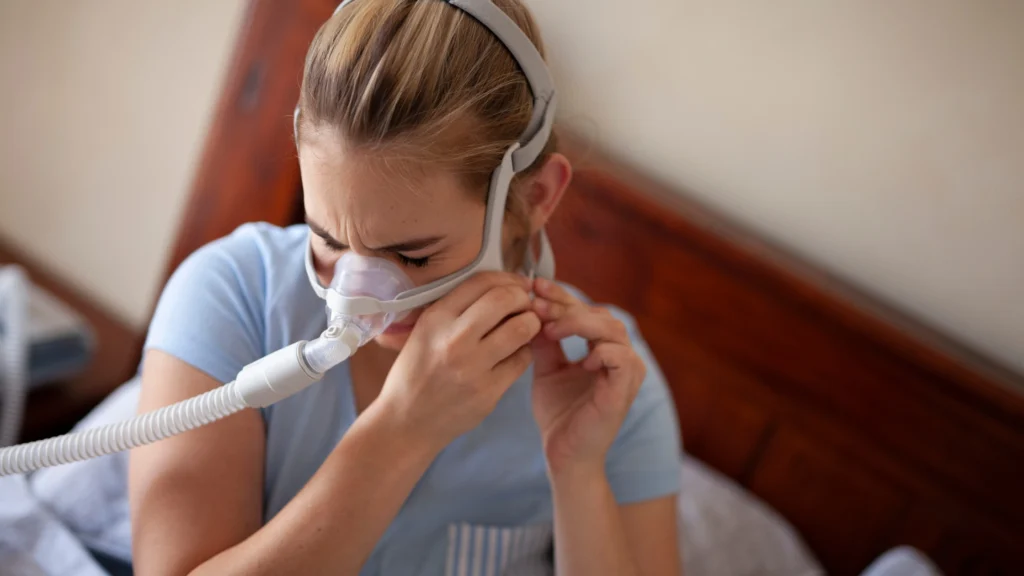Individuals with sleep apnea widely use continuous positive airway pressure (CPAP) machines to maintain constant airflow during sleep. These devices are integral to treatments designed to keep airways open. Proper CPAP machine maintenance is necessary to verify the equipment operates effectively and lasts for a significant time. Here is information about the basics of CPAP machines and guidance on maintaining them correctly:
What Is a CPAP Machine?
A CPAP machine is a medical device used to treat obstructive sleep apnea. It delivers a continuous stream of pressurized air through a mask that fits over the nose, mouth, or both. This pressurized air helps keep the airways open, allowing for regular breathing during sleep. Users can adjust the settings on their devices according to the recommendations provided by their healthcare providers. With the correct settings in place, these machines can support consistent airflow, mitigating disruptions caused by sleep apnea.
CPAP machines consist of various components that work together to aid users. One component is the central unit, which generates and regulates the airflow. Another key part is the tubing, which transports air from the central unit to the mask. Filters prevent particles in the air from entering the machine, keeping it clean and safe to use. Finally, the mask forms the final connection between the machine and the user.
What Does Proper Maintenance for a CPAP Machine Involve?
Maintaining a CPAP machine involves several steps that users need to follow regularly. These steps help prevent mechanical issues and promote the hygiene of the equipment:
- Cleaning the Mask and Tubing: The mask and tubing should be cleaned regularly to remove any accumulated dirt, oils, or residues. Cleaning these parts daily with mild soap and warm water can help maintain their hygiene. Once washed, the components should be thoroughly rinsed and air-dried before reassembling.
- Caring for the Filters: A CPAP machine has disposable and reusable filters. Disposable filters must be replaced according to the manufacturer’s recommendations, usually monthly or as needed. Reusable filters require frequent cleaning to remove dust and debris. Rinse these filters under tap water and let them dry completely before reinserting them into the device.
- Maintaining the Humidifier: Many CPAP machines include a humidifier chamber to combat the dryness that some users experience. To support this hydration feature, the distilled water chamber must be emptied daily, cleaned with mild soap and warm water, and refilled before use.
- Inspecting for Wear: Over time, components such as the mask, tubing, and straps may show signs of wear. Regular inspections help users identify cracks, leaks, or stretches that could affect the fit or functionality of the device.
- Storing the Machine Correctly: Proper storage protects the CPAP machine from dust, moisture, and damage. Placing the device in a clean, dry location away from direct sunlight helps prevent issues. Setting up the machine on a stable surface avoids accidental falls or bumps.
- Scheduling Routine Checkups: Routine checkups with healthcare providers or CPAP technicians can provide additional assurance that the machine is operating correctly. They may recalibrate the settings, inspect internal components, or offer advice on usage and maintenance.
Learn More About Correct CPAP Machine Care
CPAP machines play a significant role in treating sleep apnea; proper maintenance is necessary to keep them functioning effectively. By regularly cleaning the components, replacing filters, and storing the device properly, users can maximize the performance and longevity of their equipment. For individuals wanting additional guidance or recommendations regarding CPAP machine care, consult qualified medical equipment professionals.
Read More: Lumarianne Rodriguez Aspire Health: Leading Healthcare Innovation







